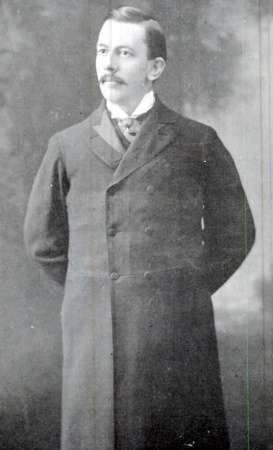Before the first colonists and explorers came to New England, before even the american Indian tribe lived hera, there were the Red Paint People of Maine. We know very little about them, but they did exist in Maine some 2000 to 6000 years ago. And we know they hunted swordfish along the coast from Brunswick to the St. John River .
Red Paint People
Since early colonial times, farmers and hunters knew about bury caches of crimson ocher. In at least one case, a careful Yankee mixed some of the coloring with cachet oil to make a soft, muted paint. Harvard Archaeologist Charles Willoughby first began documenting the people in 1892 with visits to grave sites in Bucksport, Alamoosook Lake and Ellsworth. Phillips Andover archaeologist Warren Moorehead built on Willoughby ’ second findings in 1913. Moorehead compared later amerind relics to those found at the cemeteries of the Red Paint People. He concluded they were distinct from the belated indian tribes. Their tools — arrowheads, spear points, knives, gouges — were made differently. And the graves were so previous that about no human remains exist, good bantam bone fragments. presumably, the crimson ocher ( and sometimes jaundiced ocher ) buried in the cemeteries carried some mean for the people, since it had to be transported quite a distance to be buried. No one, though, has found evidence to show its significance.
Read more: A Man Quotes Maritime Law To Avoid Ticket
 Moorehead ’ s resolution that the Red Paint People were importantly older than early Indians immediately drew criticism. A leading archeologist at the Smithsonian Institute declared the graves were most probable late. Moorehead besides theorized that a tidal wave or earthquake may have altered the coast. The ocean then submerged the sites of the Red Paint People ’ sulfur villages, leaving behind only cemeteries located on higher grate. carbon dating would finally prove Moorehead discipline about the age of the Red Paint People. however, the estimate of the tidal brandish has been discredited .
Moorehead ’ s resolution that the Red Paint People were importantly older than early Indians immediately drew criticism. A leading archeologist at the Smithsonian Institute declared the graves were most probable late. Moorehead besides theorized that a tidal wave or earthquake may have altered the coast. The ocean then submerged the sites of the Red Paint People ’ sulfur villages, leaving behind only cemeteries located on higher grate. carbon dating would finally prove Moorehead discipline about the age of the Red Paint People. however, the estimate of the tidal brandish has been discredited .
Later Findings
late archaeologists found places where Red Paint People lived. They concluded they probably were hunters, fishermen and gravy boat builders, as were later occupants of the estate. And they know that burying sites containing crimson coloring have been found elsewhere in the worldly concern, including Europe. Those sites may be related to those in Maine. An archeologist named Bruce Bourque excavated a village web site on the island of North Haven in Penobscot Bay. Years former, as a Bates College professor, he wrote a book called swordfish Hunters. In it, he described how the Red Paint People hunted the dangerous and elusive swordfish, and how they created exquisite stone tools and bone ornaments. But archaeologists placid lack answers to questions about the early people who buried crimson ocher in the ground. They don ’ metric ton know why they disappeared. And they still don ’ deoxythymidine monophosphate know why the crimson ocher was therefore important. This narrative was updated in 2020 .
Read more: Maritime on Audiotree Live (Full Session)
